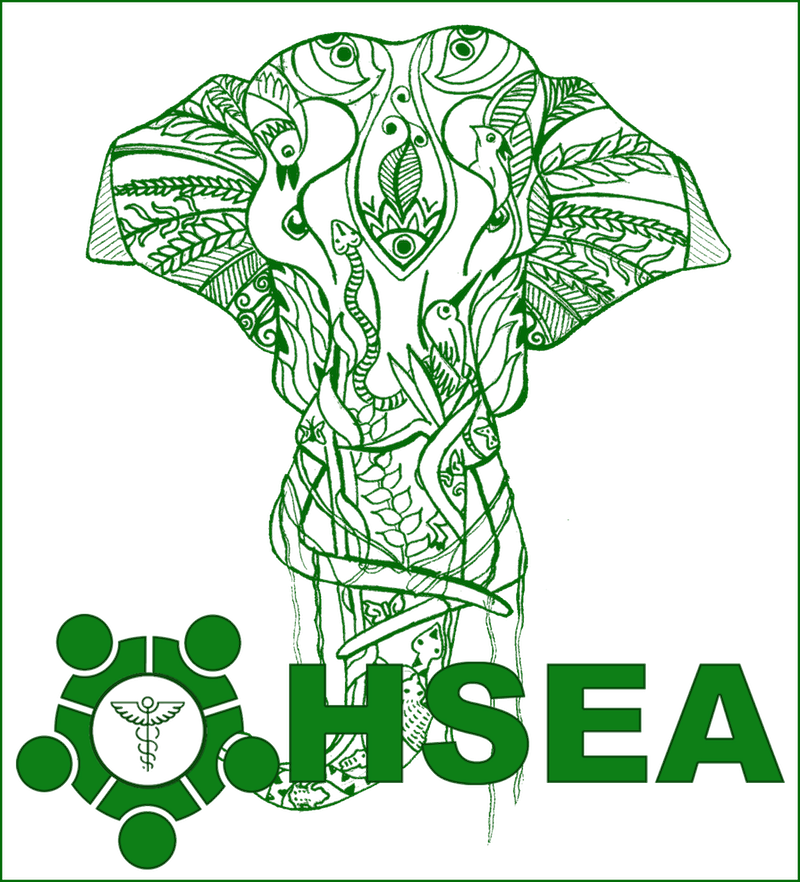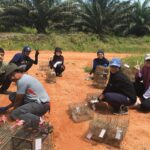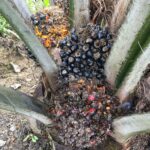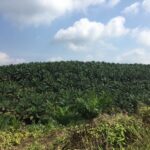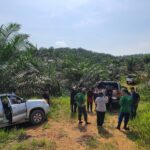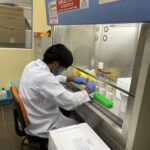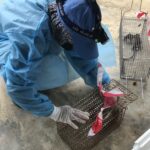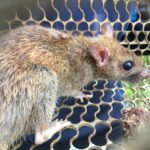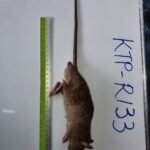One health approach to evaluate the role of oil-palm habitats in biodiversity conservation and spread of vector-borne and zoonoses in Malaysia
PITCH
INTRODUCTION TO THE PROJECT
Palm oil is important for global food security and economic development. Between the years 1980 to 2014, oil-palm plantations, particularly in the south pacific, have been increased to 15-fold and expecting to be increased further due to the demand which is expected to grow at 1.7% per year until 2050 (Source: Malaysia Palm Oil Board). It has become the most important commodity crop in Malaysia as it is reflected by the increases of the total planted area from less than one million hectares in the 1970s to over 4.9 million hectares in 2011 (Source: Malaysia Palm Oil Board).
Most oil palm plantations exist by replacing the tropical forests and their natural biodiversity. It is estimated that the oil palm expansion could affect 54% of threatened mammals and 64% of threatened birds globally (IUCN 2021). However, other than humans, certain animal taxa can benefit from the presence of oil palm plantations and dominating the areas, including rodents, jungle fowls, porcupines, wild pigs, and most reptiles (IUCN 2021). A new perspective proposed by Keesing & Ostfeld (2021) on the biodiversity and biodiversity loss on zoonotic diseases where animals that often proliferate in human-dominated landscapes are more likely to be a zoonotic hosts. Furthermore, in modified habitats like oil palm plantations, the ecological equilibrium is unbalanced, therefore, is less resilient to zoonotic or/and vector-borne diseases (Morand, 2020).
Hypothesis : The predominant animals in the oil palm plantation are likely to be a host for some pathogens that can be shared with other animals as well as humans that shared the same environment. Therefore, we aimed to evaluate the role of oil palm plantation areas in the spread of zoonotic and vector-borne diseases carried by mosquitoes, rodents and their ectoparasites, using an integrated One Health approach. Objectives :
1. To ecologically evaluate the diversity of zoonotic animal (i.e., rodents) and arthropod vectors (i.e., mosquitoes and rodent ectoparasites) inside the oil palm plantation in Kota Tinggi, Johor.
2. To detect and characterize pathogens circulating in the oil palm plantation areas
3. To engage with the communities (taking into account gender involvement) inside the oil palm areas through knowledge transfer programs on animals, environment, zoonotic andvector-borne infectious diseases
PROJECT IN ACTION
Task 1: Sampling
Site : Universiti Malaya (UM) oil palm plantation located in the Southern part of Peninsular Malaysia (i.e., Johor), whose center, called the Basir Ismail Research Centre Complex, has been built with basic research facilities including a laboratory, dormitory, and kitchen.
– Animal sampling : Conducted 6 times, in 2 seasons (i.e., low rainfall and high rainfall), focused on the diversity of rodents, vectors mosquitoes, rodents’ ectoparasites (i.e., ticks and fleas) and their pathogens.
– Environmental data will be collected at the time of each sampling.
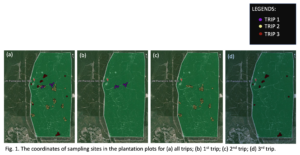
- Preparing the traps
- Loading the cages before finding the rights sites
- Study site at UMOPP
- Looking for the right area for placing the metal-cage traps
- Employing metal-cage traps in the UMOPP
Task 2: Analysis
Rodent’s collection, dissection identification, collection of ectoparasites followed the protocol from Herbreteau et al (2011). While for mosquitos’ collection, followed the European Centre for Disease Prevention and Control (2018). In brief, rodents were collected using steel-cage traps, and rodent hosts were morphologically identified (Herbreteau et al. 2011). Nasal swabs were taken and ectoparasites were removed, all samples preserved in RNA later and stored in a liquid nitrogen dry-shipper tank until returning to the laboratory where they were be stored at -80C. Ectoparasites were identified to species level using morphological keys where possible, definitive species-level identifications were confirmed by DNA barcodes.
The host rodents were then dissected to harvest the organs (kidney, liver, spleen, and heart) and samples were kept at -80C before specific detection of Rickettsia, Leptospirosis, Lassa, and other respiratory viruses including Sars-Cov-2 infections. The sample also were screened for other possible pathogens using the multiplex-pathogens kit.
Rodent carcasses were disposed of according to institutional biosafety procedures for biological waste. Mosquitoes were collected through Human-landing catch (HLC) and ovitrap methods which were placed throughout oil palm and nearby community areas.
Mosquito were kept in a liquid nitrogen tank prior brought back to the laboratory. Samples were identified to species level using the established mosquito identification keys by the CDC, prior associated specific-pathogens detection by nested and qPCR.
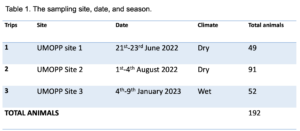
- Student processing organ samples in the biosafety cabinet before genomic DNA extraction
- Extracting the rats from the traps
- Noting down the rat’s criteria
- Trapped animal parasitized by a tick caught from UMOPP
- Identifying rats
NEXT STEPS
- The next step will be to expand our knowledge of the pathogens that were successfully detected as part of the pilot project. The diversity of pathogens, as well as their pathogenicity and antimicrobial resistance, will be studied and characterised in detail.
- The second most important step for our knowledge is to set up more comprehensive surveillance of animal pathogens in oil palm areas and compare them with natural forests, adopting the “one health” approach, which is the most effective method for tropical infectious disease surveillance and preparedness.
- Finally, the diversity and geographical distribution of pathogens, as well as their pathogenicity and antimicrobial resistance, will be recorded. This information will be compiled into a systematic and integrated geographic information system that can be accessed by stakeholders concerned with infectious disease outbreaks and preparedness in Malaysia, as well as serving as a reference source for other SEE countries.
- In addition, as a follow-up to this research project, a training workshop will be organised in 2023.
- Results also will be used to plan for the strategy for an effective health communication program with appropriate authorities and the community.
OVHEZOM ON THE WEB
XXXX
CONTACT
Project leader : Sazaly ABU BAKAR (sazaly@um.edu.my)
Associated researchers :
Serge MORAND (serge.morand@umontpellier.fr)
Kittipong CHAISIRI (kittipong.chaisiri@gmail.com)
Wayan SUANA (wynsuana@unram.ac.id)
Professor Upik Kesumawati Hadi (upikke@apps.ipb.ac.id)
Countries involved : Malaysia, Thailand and Indonesia
